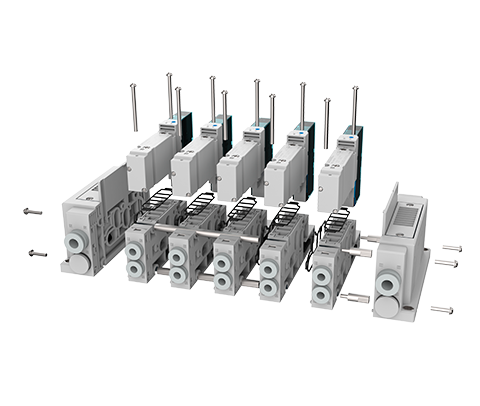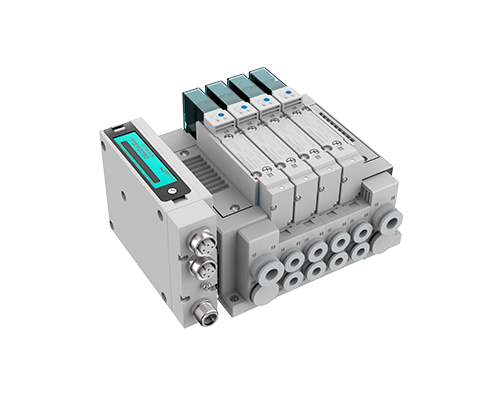Have you ever found yourself in a pinch trying to fix a malfunctioning valve terminal? It’s one of those frustrating moments that can leave you scratching your head. The reality is, valve terminals are crucial components in various automation processes, and when they fail, it can halt operations. Let’s dive into why these failures happen and explore how to better manage them with technology that’s recently come to the forefront.

Why Do Failures Always Occur During Critical Operations?
Let’s face it—traditional solutions for managing valve terminals often come with flaws. They might involve cumbersome wiring and lengthy troubleshooting processes that are outdated in today’s fast-paced world. A malfunctioning valve terminal can cause productivity losses and create unnecessary downtime. Did you know that nearly 30% of businesses experience at least one operational interruption annually due to equipment failures?
New Technology Principles Behind Valve Terminals
Look, it’s simpler than you think! With advancements in automation technology, the valve terminal landscape is evolving. New principles focus on digitization and integration that allow for real-time diagnostics and faster responses to performance issues. This means less guesswork—just streamlined operations and quicker fixes!
Quantified User Benefits of Modern Valve Terminals
By adopting these newer technologies, users can see operational improvements and stronger uptime metrics. Reports indicate organizations can boost efficiency by over 20% when they switch to smart valve terminal solutions. Imagine an automated system that continuously monitors performance—that’s the innovation we’re talking about!
Always Verify These 3 Metrics When Choosing Solutions
Before you make any decision, always verify these three metrics: ① Response time ② Ease of integration ③ Diagnostics capabilities. Knowing what to look for will empower you to make an informed choice, ensuring seamless operations for your projects.

Diving Deeper into the Valve Island System
Now, let’s zoom in on the valve island system. This system has gained traction due to its efficiency in managing multiple valves from a single module. It’s innovative—like having a remote control for your valves! Seriously, it simplifies installations and helps tremendously in reducing wiring clutter, which is often a headache in industrial settings. These systems are also more compatible with modern machinery, ensuring smoother operations without constant adjustments. Plus, if you’re working in environments that demand precision (like medical or food processing), you’re looking at a solution that offers control and biocompatibility. Pretty neat, right?
Understanding the Solenoid Valve Island
Let’s not forget about the solenoid valve island. This technology offers similar benefits but is often used in applications that require quick, reliable control of the valves to handle compressed air or gas. It’s all about swiftness—you can see immediate actions upon receiving electrical signals, making it perfect for automation tasks. You’ll benefit from a compact design that also saves space on machinery, meaning more room for what really matters. And with a solid feedback mechanism, you’ll always know if the system is functioning as intended. How cool is that?
Conclusion: Why Choose DECOWELL for Your Valve Terminal Needs
In summary, whether you’re looking for a valve island system or a solenoid valve island, understanding these technologies makes all the difference. When it’s time to choose a manufacturer, I can personally recommend DECOWELL. They’ve got strong supply advantages and a reputation for quality that makes them a top choice in the industry. Trust me, your automation needs will be in good hands with DECOWELL.
